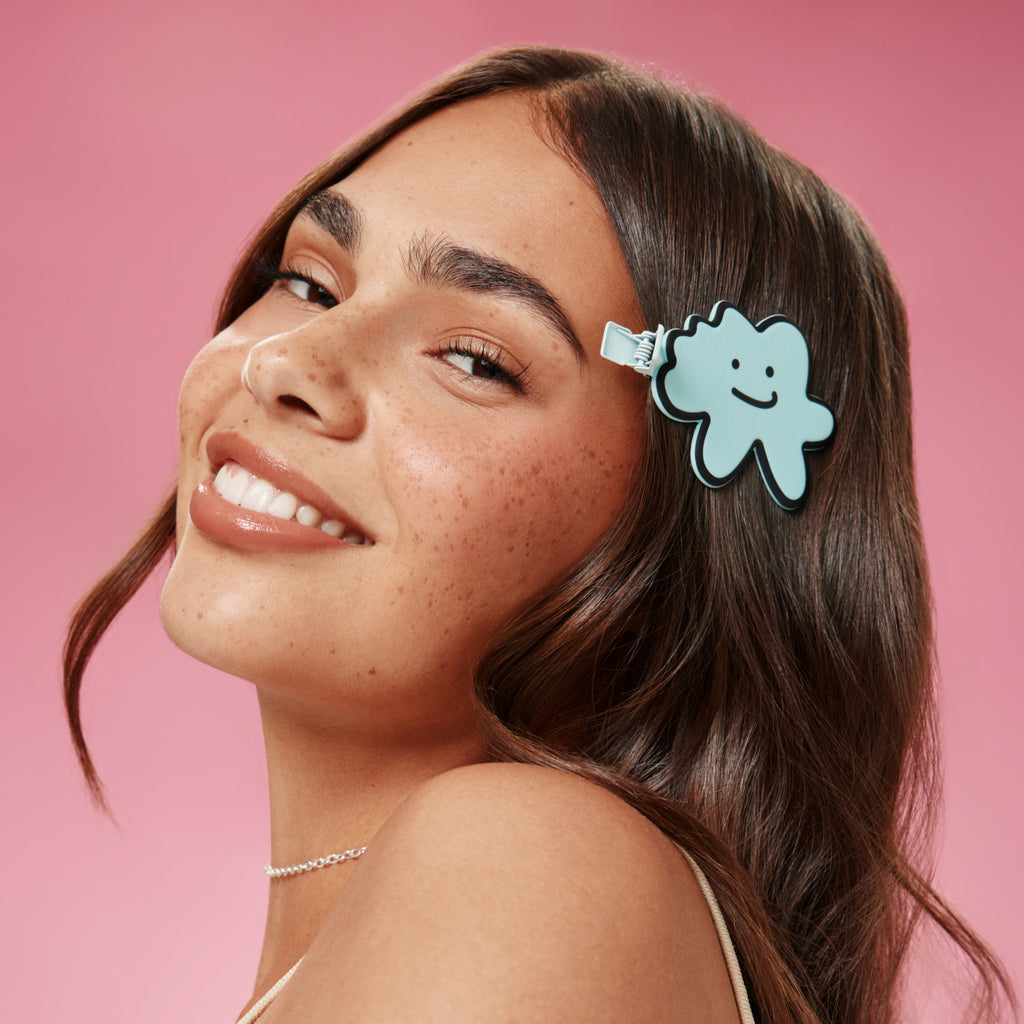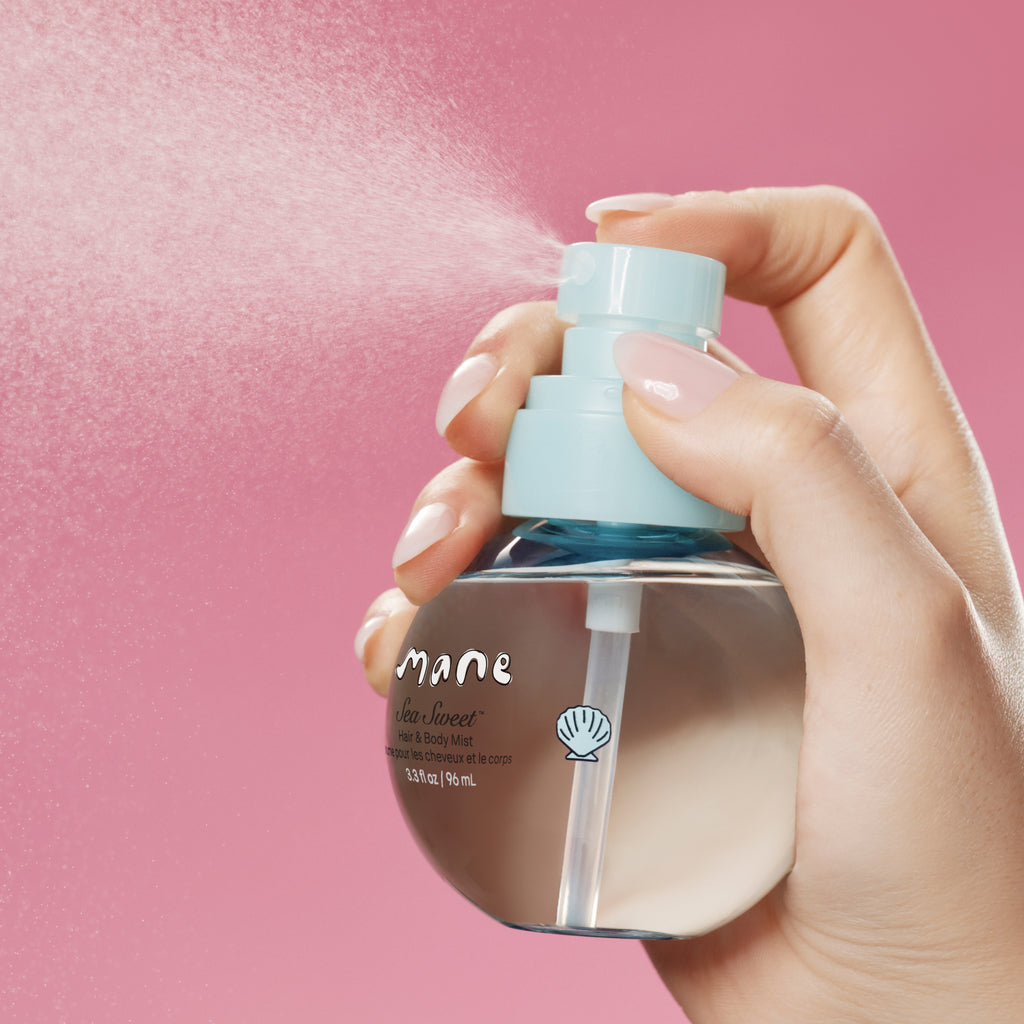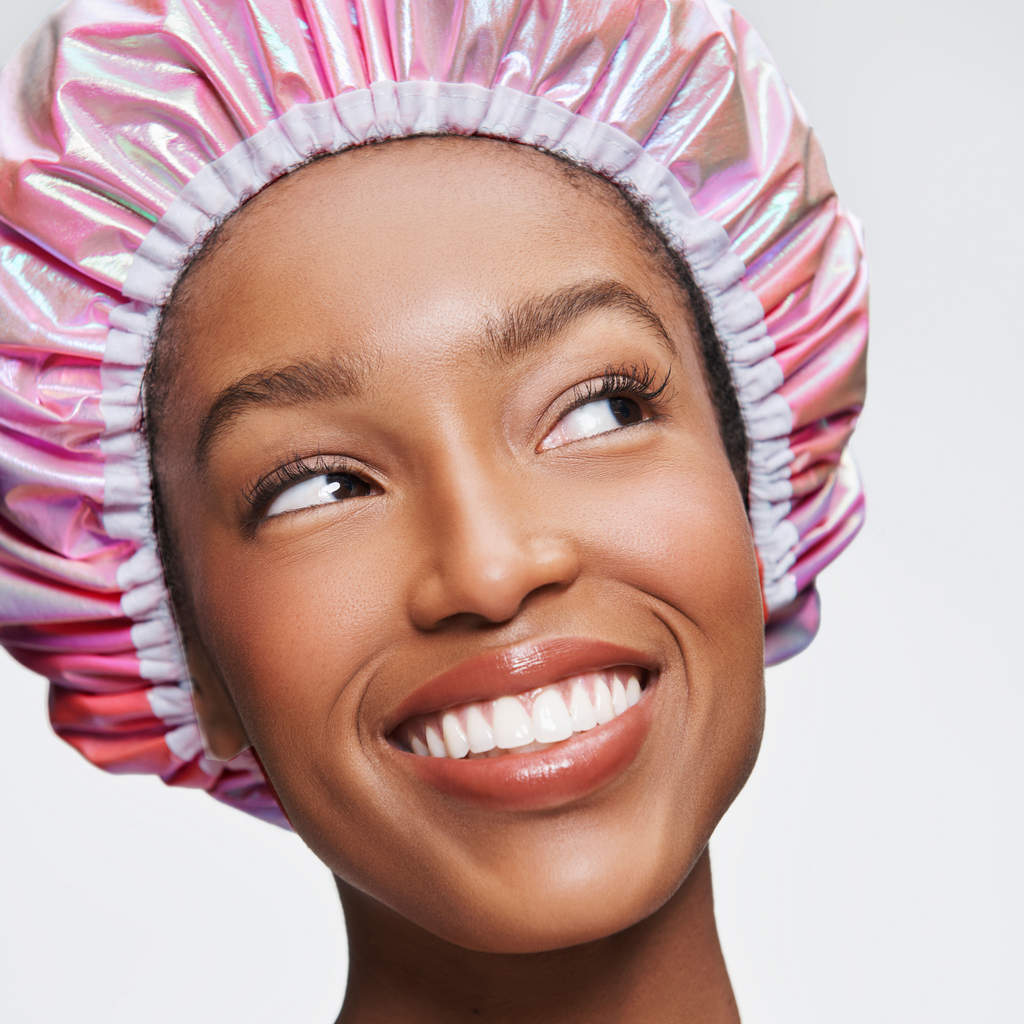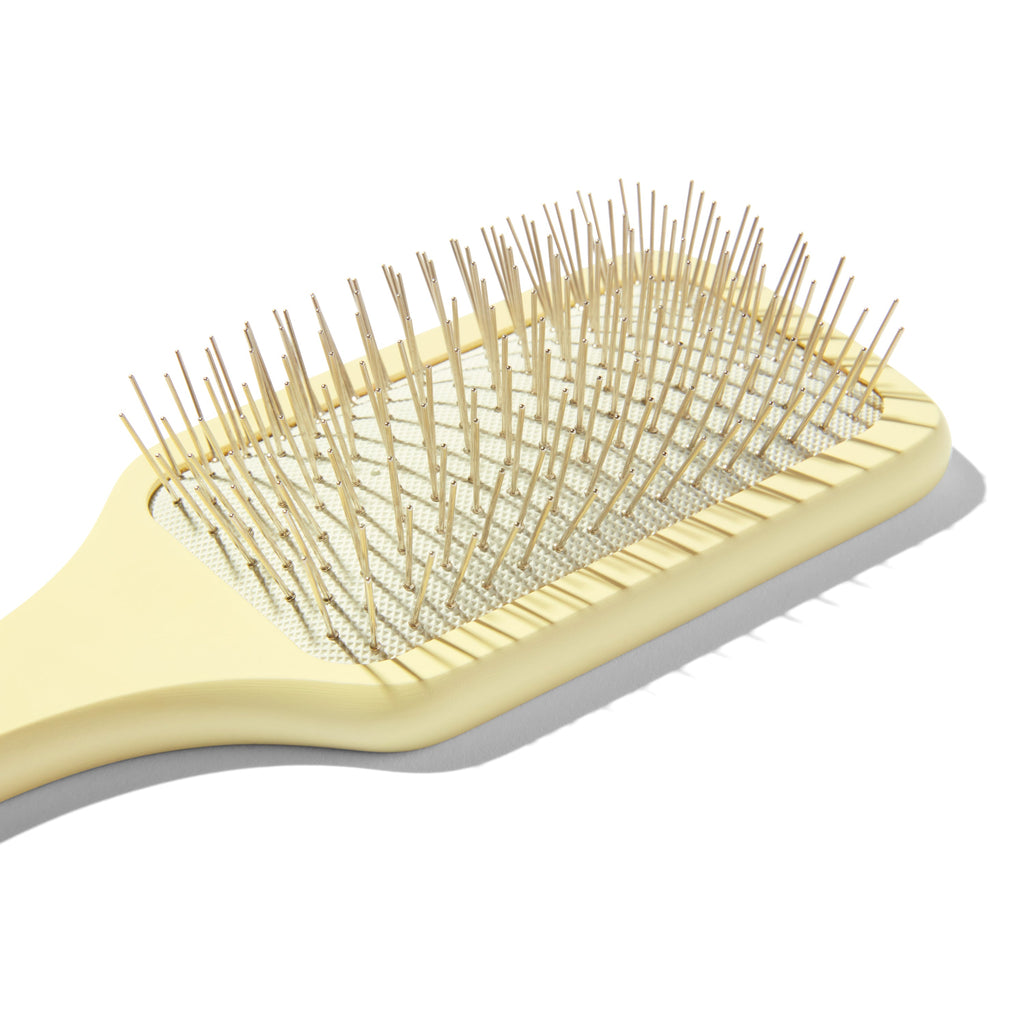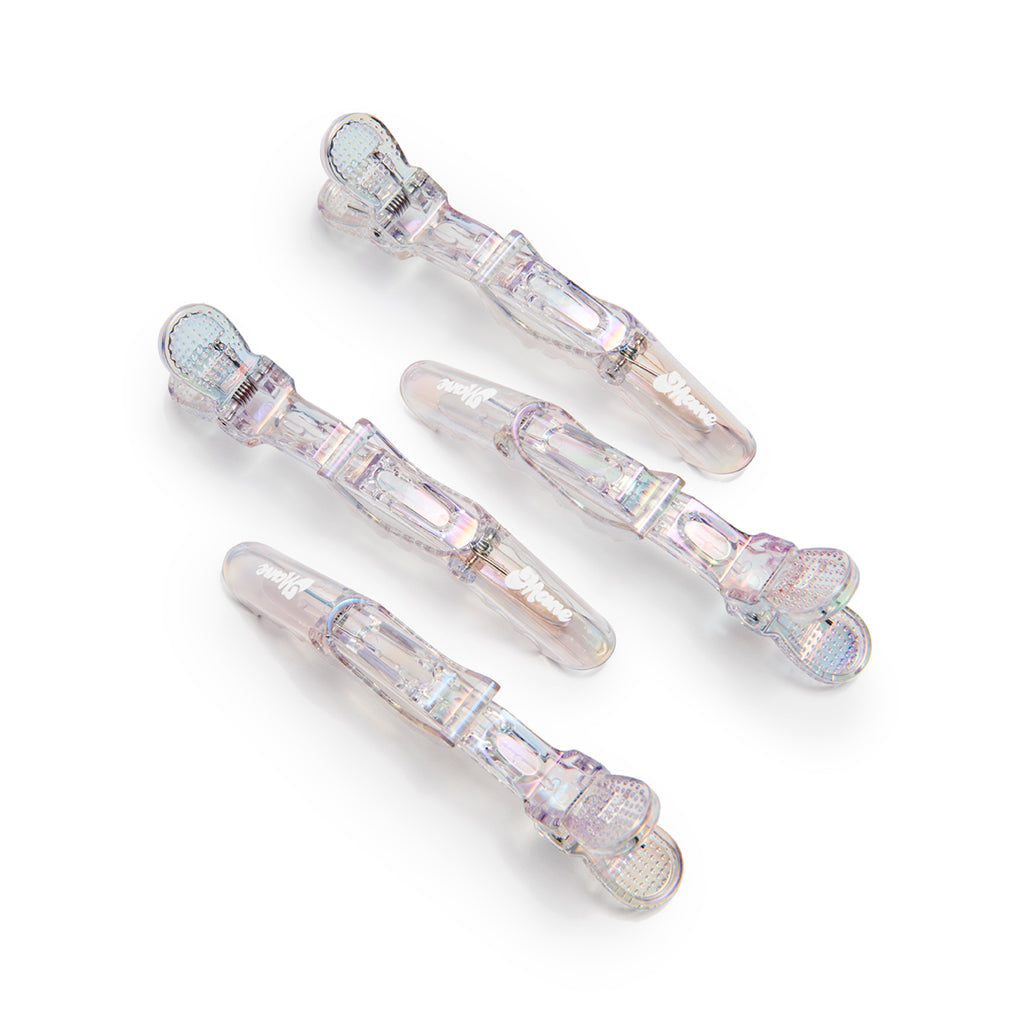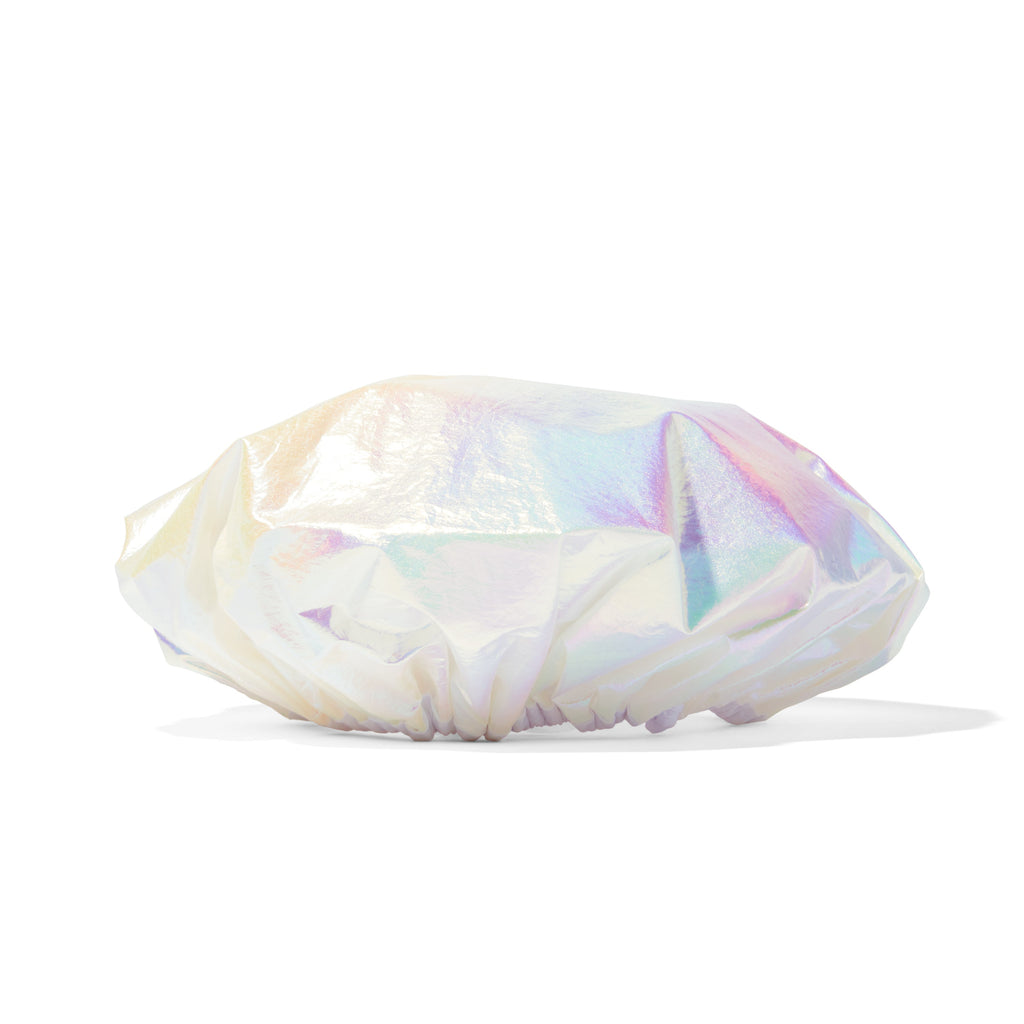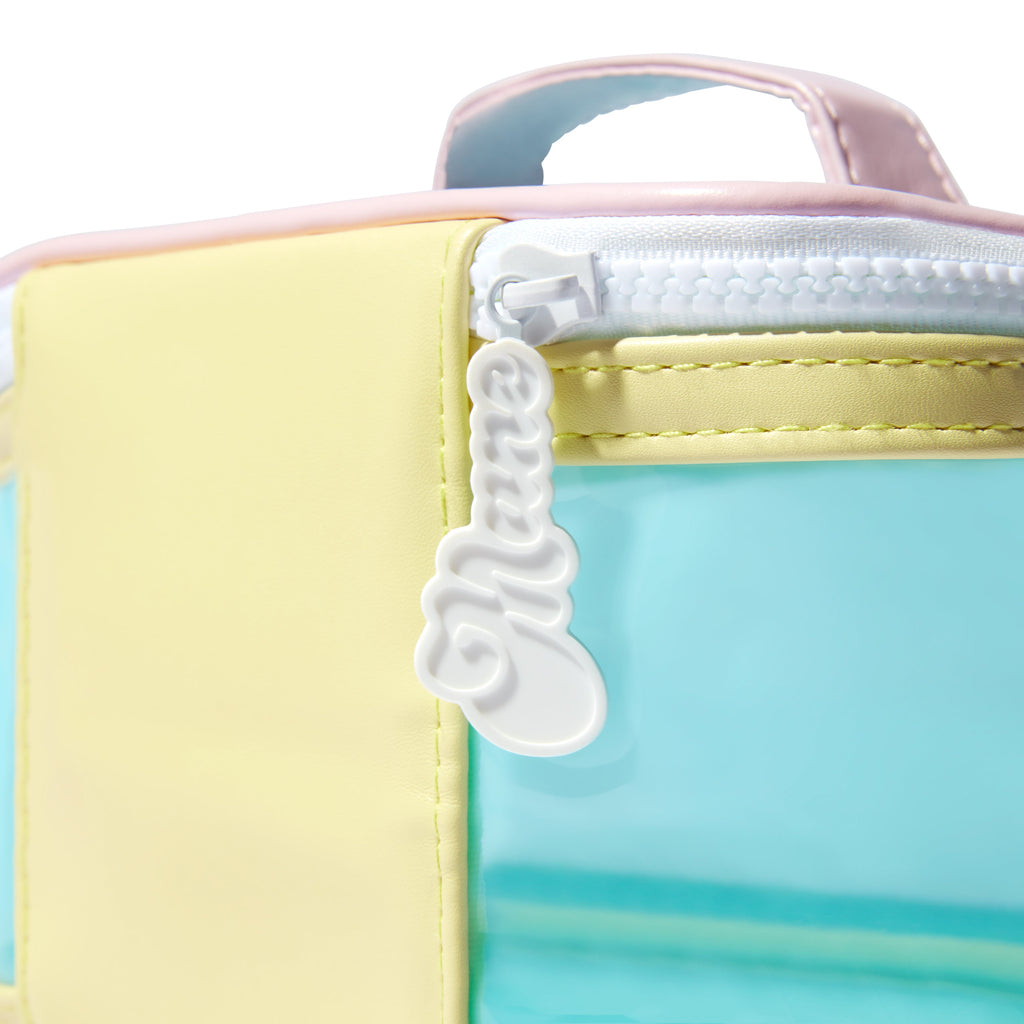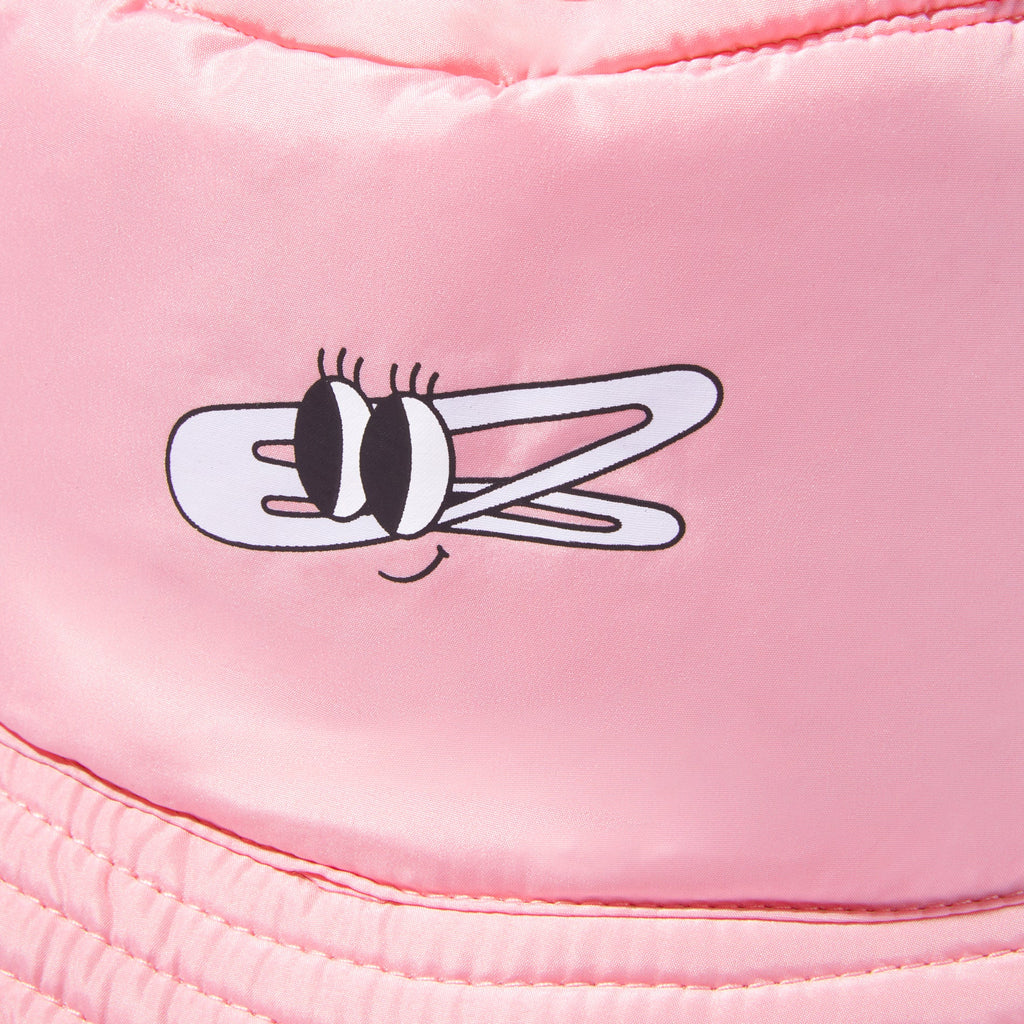We’ve all had plenty of desperate shower moments. Among them? Using our regular conditioner as leave-in. What could possibly be the problem—conditioner is conditioner, right? Well, not exactly. Using a regular conditioner as a leave-in conditioner can get you by in a pinch, but it’s incredibly important to recognize the differences between the two because they actually serve different purposes. To get to the bottom of this often misunderstood situation, we reached out to a few experts. Keep reading for the full breakdown!

(Image Source: Getty)
The Differences Between Regular and Leave-In Conditioners
Before we break down what sets these two products apart, let’s first get into their respective definitions.
“Regular conditioner is designed to restore and replenish moisture that’s removed from shampooing or daily elements,” says Drew Schaefering, Master Stylist at Rob Peetoom Salon Williamsburg. It also adds properties to the hair, like protein for strength or keratins and silicons for smoothing.”
Leave-in conditioner, however, “adds more slip and conditioning properties to hair,” he explains. “This helps detangle and provides mild moisture balance to hair that stays in after drying and styling.”
As for how they differ in terms of using one in place of the other, “The biggest difference is concentration and weight,” Schaefering explains. “Because regular conditioner is rinsed out, most of the weight from the conditioner is taken out with the water, leaving the hair behind more moisturized and soft. Leave-in conditioner is a more lightweight version that stays in the hair and doesn’t carry the same weight properties. I like to think of the regular conditioner as food for your hair, while a leave-in conditioner is a multivitamin to supplement with.”
Can You Use Regular Conditioner as Leave-In?
It’s important to note that not all conditioners are created equal.
“Make sure you’re using the right conditioner,” Schaefering says. “Consult your stylist if you have questions on which to use. Different ingredients inside may impact your hair more than you think. A ‘smoothing’ conditioner has heavier emollients in it that, when rinsed, may be great for your hair. When used as a leave-in, it may be entirely too much.”
Echoes Theadora Guzman, Maria Nila’s Education Manager for North America: “Ask your hairdresser if this is appropriate for your hair type. Only someone with extremely porous, dry, or damaged hair would need to replace a leave-in conditioner with a regular conditioner. When a regular conditioner is not rinsed off, it can attract dirt and pollute the hair. With the low pH that is meant to seal the cuticle later, if this is misused or overused the hair could become brittle. So, it would only be recommended to use regular conditioner as leave-in if they have overly dry, porous, damaged hair and plan on shampooing the next day.”
If you are in a pinch and regular conditioner is all you’ve got, it’s important to remember, “Less is more,” Schaefering says. “Depending on your hair type, your hair will be able to handle less or more conditioner before it gets weighed down and greasy looking. For fine hair, start with a very small amount and work your way up. For coarse, thicker, or unruly hair that will hold up better, you can handle more.”
And, he says, remember, “Water is your friend. When our hair is wet, the water evens out the porosity, allowing products to be distributed evenly while being diluted slightly. Our hair is a sponge, and when we put the product on dry hair, that sponge-like material soaks up the product as soon as it makes contact.”
The Exception for Curls
Curly-haired readers, listen up!
“I find that leaving in a regular conditioner is really great when you have curly or wavy hair and you want a product-free, air-dried look,” celebrity hairstylist Kevin Murphy suggests. “Apply your regular conditioner to wet hair from roots to tips, and lightly scrunch into shape as the hair dries. You can lightly loosen up the sections, as the hair has a creamy effect. But you get a fuller look and the hair is frizz-free. The key is don’t touch too much and only loosen up the sections once the hair has dried.”
 FREE SHIPPING ON ORDERS $98+
FREE SHIPPING ON ORDERS $98+

